Biden-era NASA Administrator Bill Nelson is a RINO. No, not the derisive term used by President Donald Trump and MAGA world for Republicans who disagree with them — Nelson is retired in name only.
And this still-busy-at-83, one-time spaceman has a lot to say.
For one, the former three-term senator from Florida is adamant that humans are going to Mars. It’s not a matter of if, just a matter of when, he told The Independent Sunday in an exclusive interview at the non-profit Washington West Film Festival in Reston, Virginia.
But he’s seeking a clearer vision of that mission to Mars from the world’s richest man, Elon Musk, who provides the rockets that launch to the International Space Station, and which will ultimately send astronauts to the moon and Mars using his 403-foot-tall SpaceX Starship — assuming it stops exploding in test flights, the latest of which, on Monday went as expected.
Musk has called the moon a “distraction” on the way to the Red Planet. But, Nelson says the billionaire X social media platform owner “has contradicted himself.” “Because he’s said the opposite, also,” the former astronaut said.
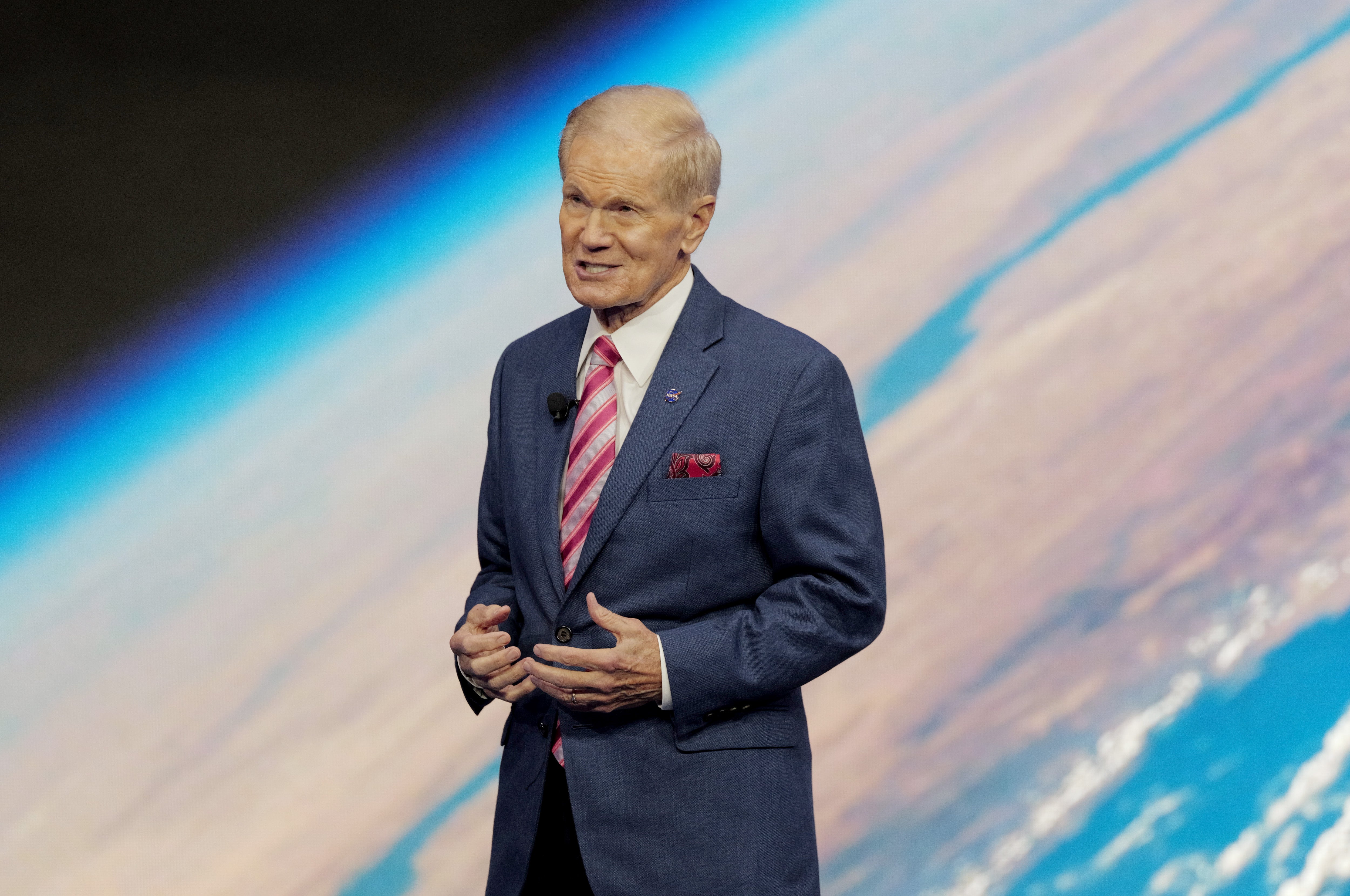
Nelson says you can’t have Mars without the moon. Scientists need the research from the first phases of the Artemis program to get us to Mars.
“But the fact that he has a contract to do this lunar lander — he can’t land on Mars if he doesn’t have a lander. And so, he’s going to try to develop that lander and what he learns on a lunar lander will help him with the Mars lander,” he added.
Crunching M&Ms from the LOOK Dine-in Cinemas following the 30th anniversary screening of Apollo 13 — naturally — Nelson said he gets along very well with Musk and his billionaire competitor and Blue Origin founder Jeff Bezos.
The future of space exploration is increasingly commercial, according to Nelson. That’s especially true when the International Space Station comes down in 2030 after 32 years in space.
It will be cheaper for NASA to rely on the work funded by SpaceX, Blue Origin and other players, and NASA plans to lease space on a commercially-built station in the future.
“You're getting the advantages of a different way of doing things that often does not take as much time if the government is directing the contractor what to do,” he explained.
Of course, the bad comes with the good. Astronomers have voiced concerns about a dangerous situation building in low-Earth orbit as SpaceX, AST SpaceMobile and others launch more and bigger satellites which astronomers warn could block out the stars and potential near-Earth threats.
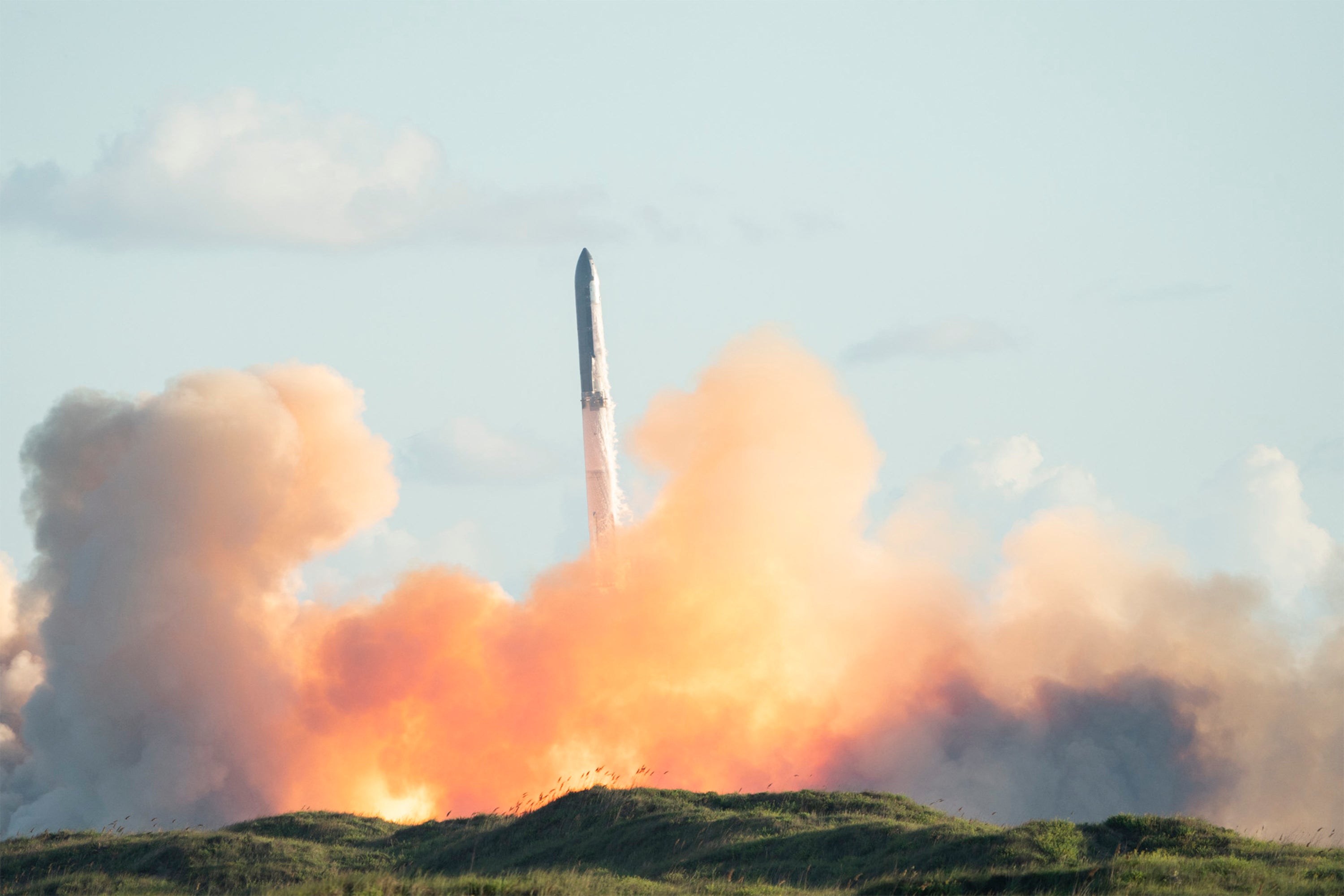
Nelson says we’ll have more groundbreaking telescopes launched that will solve that problem and that we can mitigate any risk.
However, at least one of those projects has been canceled under the Trump administration, which cut NASA’s science operations in half, the Miami native said.
The revolutionary Nancy Grace Roman Space Telescope was lost in the budget slash, with human spaceflight prioritized above astronomy, climate and other science.
NASA has also felt the weight of recent layoffs, as have many in critical fields around the currently shut down federal government. And further cuts are expected this week.
Nelson called the situation “tragic,” telling The Independent that we’re working against ourselves.
“I can point [to] two areas real quick in the federal government, other than the CDC, that it's so counterproductive to cut. One is NASA, the other is NIH” the Army captain said. “I mean, we're on the major breakthroughs in taking care of each other through our health. And they're cutting that research. I mean, it's just so counterproductive.”
Nelson said he hopes that Congress will restore some of what has been lost at NASA and pointed out that the world has endured extreme times before.
“We'll get through this,” he said, as pop singer Meghan Trainor’s “NO” blasted over the theater’s speakers.
Much younger in appearance and vigor than his 83 years, Nelson, a soon-to-be two-time author, remains an optimist. During his tenure as NASA administrator, the Columbia Space Shuttle STS-61C payload specialist oversaw some awe-inspiring science.
The James Webb Space Telescope launched in December 2021, providing the ability to peer through time back to the start of the universe. About a year later, NASA successfully conducted the first test of the Orion spacecraft that will take astronauts to lunar orbit on Boeing’s Space Launch System rocket.
Now, he believes NASA can do it again with Artemis and the agency’s Moon to Mars plan. Although, an advisory committee recently warned of Starship delays and the U.S. appears to be neck and neck with – or maybe already behind – China.
Like the Webb Telescope, Artemis is also decades in the making. It’s the progression of the Apollo program, a hallmark of early NASA that started first in 1962 and lasted through 1972.
The festival’s screening of Apollo 13 served as a reminder of what can be accomplished at NASA, Jason Slattery, the film festival’s Director of Sponsor Relations, explained. Mainly, it’s served as a unifying force.
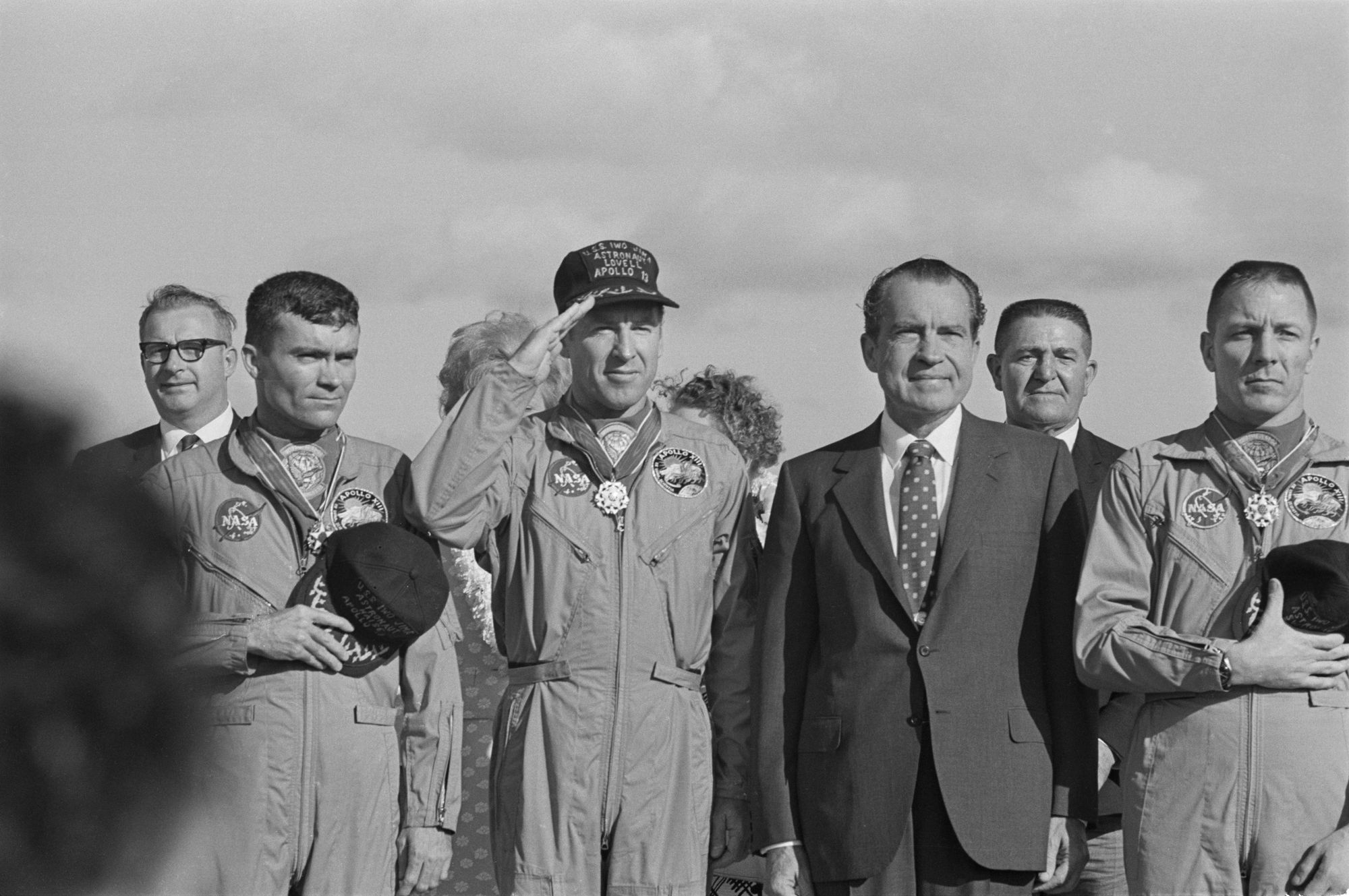
“And that’s exactly what those astronauts displayed during all of these Apollo missions over the years,” he noted.
Nelson agreed, saying that humanity’s nature of exploration will always be there.
“We are going to Mars,” said Nelson. “Unless we blow ourselves up as a planet.”
Until then, you can find him at your local IHOP doing push-ups with a 24-year-old Army Ranger.
Nelson said he had previously chided former Stanford University tight end New Jersey Sen. Corey Booker for not doing his the right way in his office.
”I said, ‘Corey, you do 100 push-ups?’ Let's get down on the office rug and show me,’” he recalled. “So he gets down there and starts doing them like this … I said, ‘Corey, that's not a push-up. You got to go all the way down. That's a military push up.’”
“Anyway, yesterday I got down — I could not go past 40,” joked Nelson.

.jpeg)










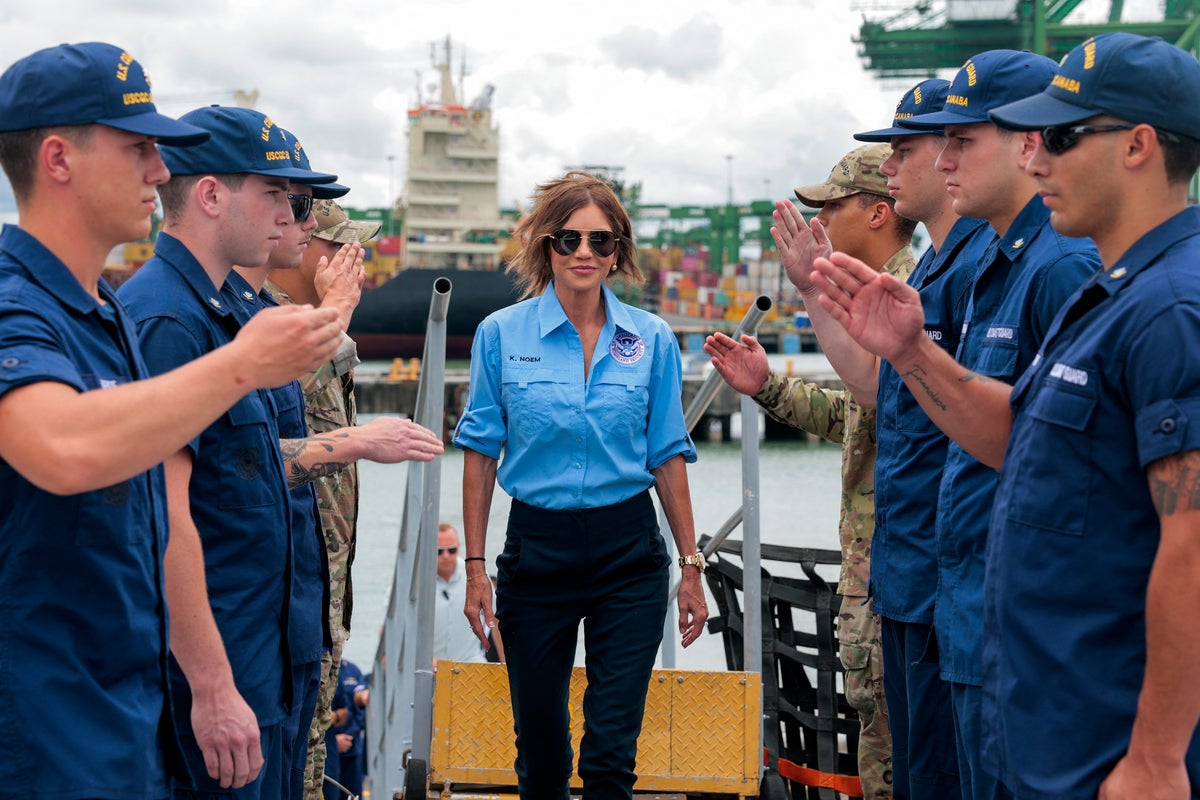

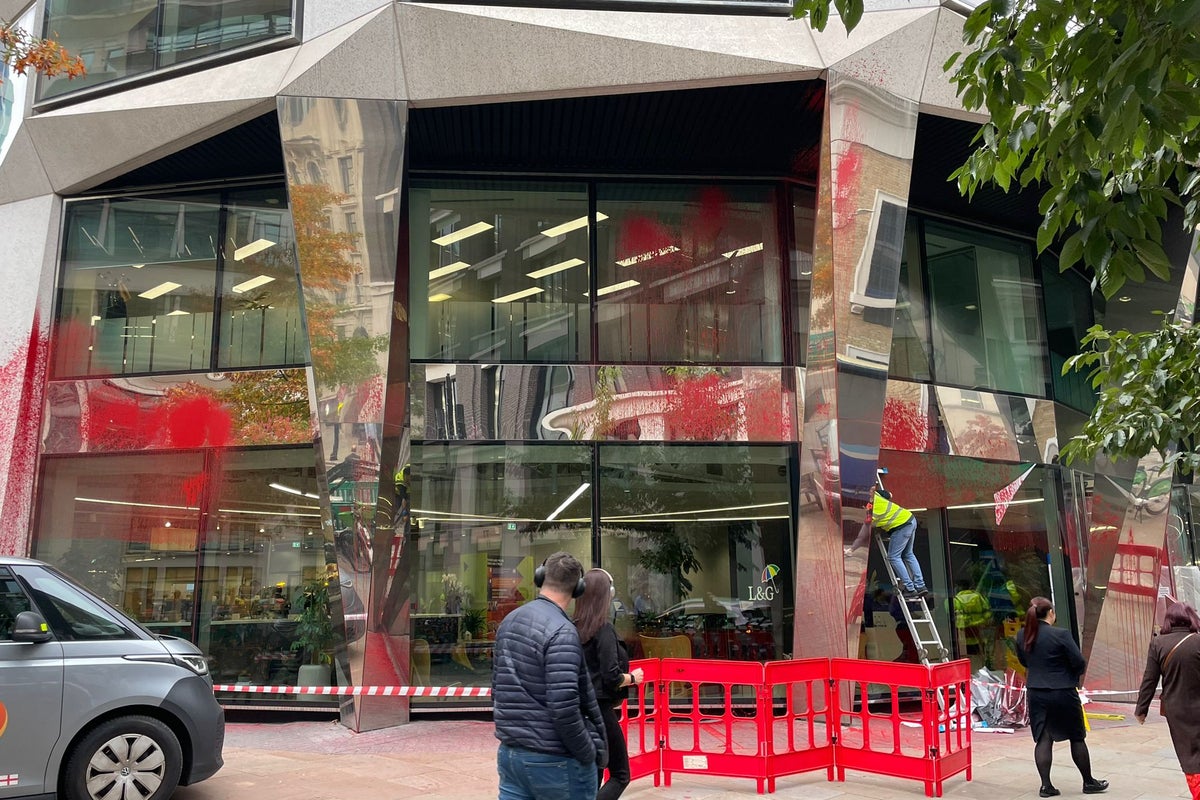









.jpeg)













 English (US) ·
English (US) ·